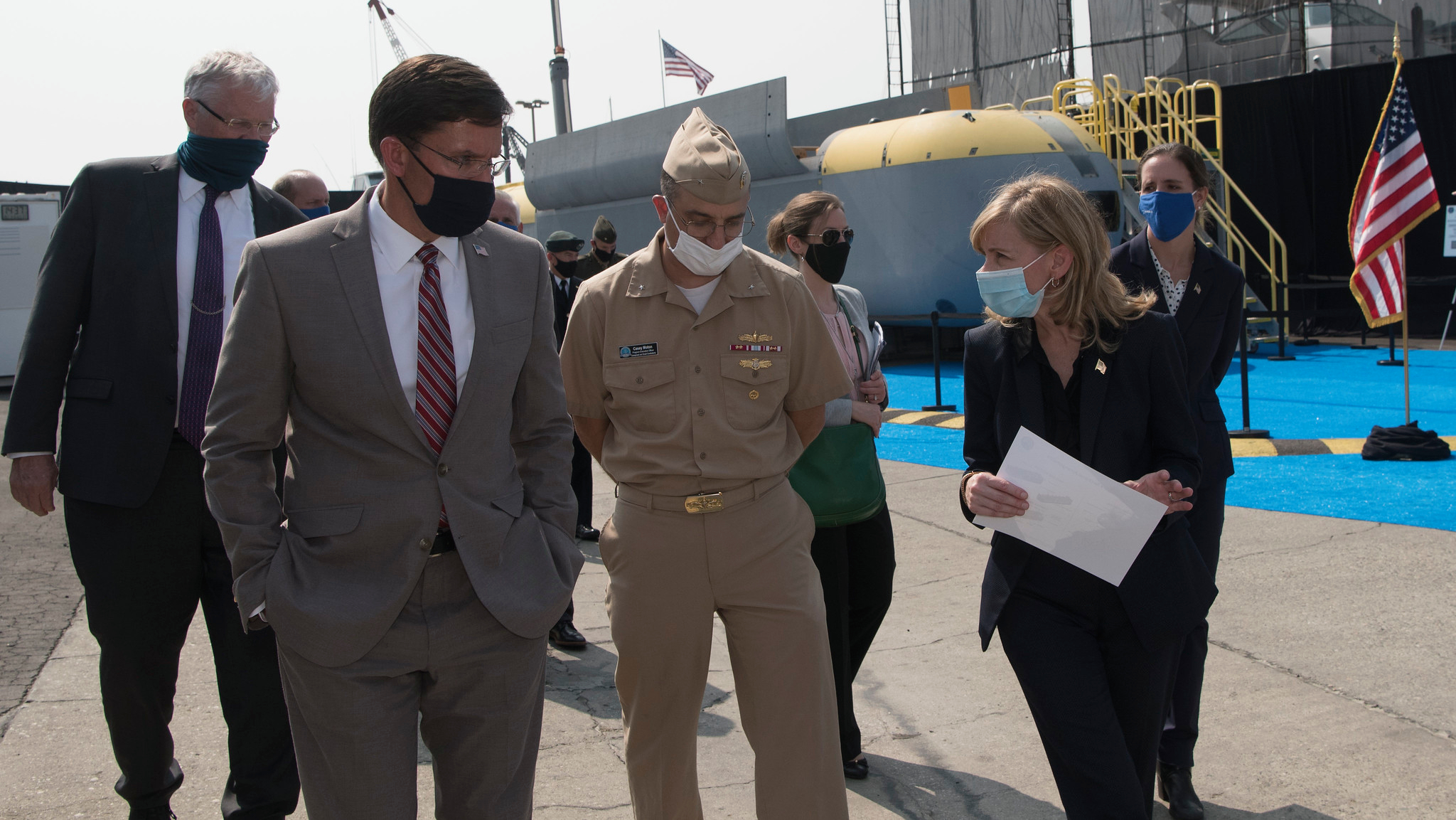The virtual seminar will be held from 12:30 to 2:00 p.m. (E.T.)
The United States, Russia, China, France, the UK, and India deploy nuclear weapons on submarines, which often are taken to be hard to detect and track by adversaries, making them survivable platforms from which to launch a nuclear attack. Developments in sensors and uncrewed undersea vehicles have been viewed by some analysts as posing emerging threats to such systems especially if they are infused with artificial intelligence algorithms. However, some of these advances have the potential to be more effective in protecting nuclear-armed submarines than threatening them. This talk will discuss the processes underlying anti-submarine warfare and the impacts emerging technologies could have on its effectiveness, taking into account the inevitable role of uncertainty.
About the speaker: Tom Stefanick is a Visiting Fellow at the Brookings Institution in the Strobe Talbott Center on Security, Strategy, and Technology. He is the author of "Strategic Antisubmarine Warfare and Naval Strategy" (1987). More recently he has been working on advances in military technology, quantum-secured communications, and artificial intelligence algorithms applied to warfare and military targeting.
